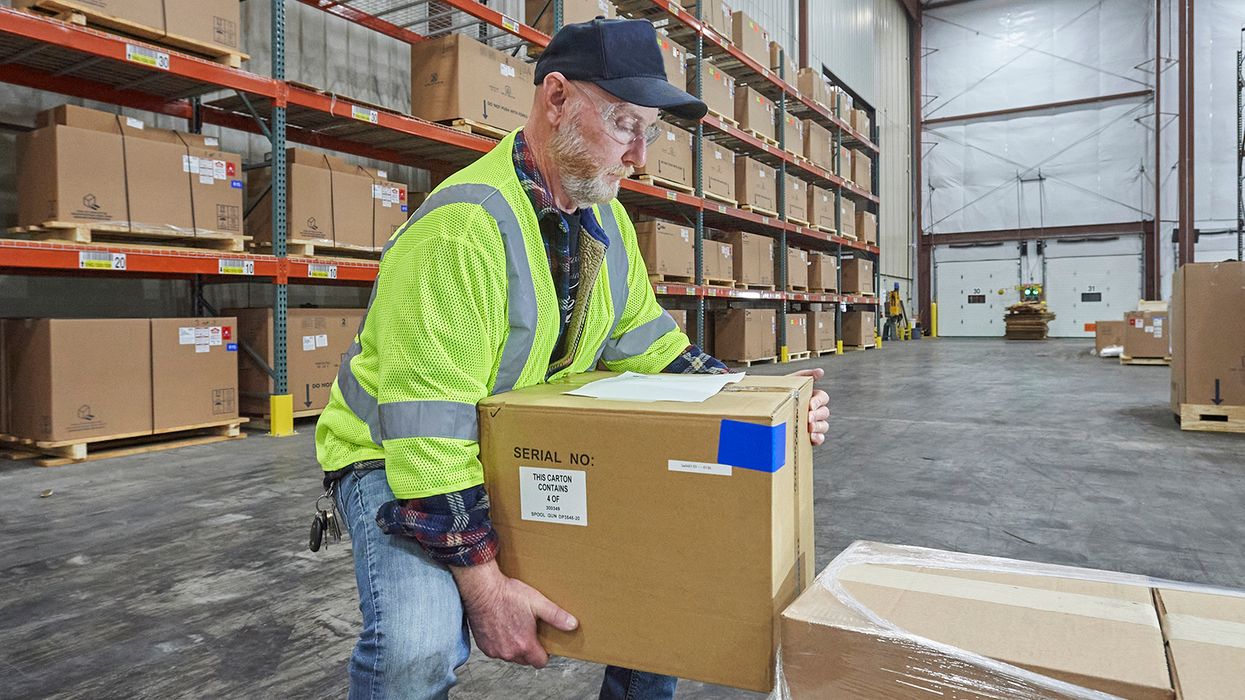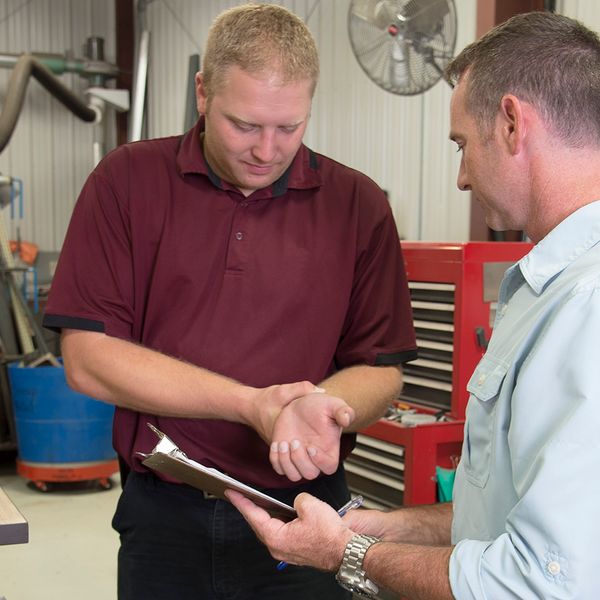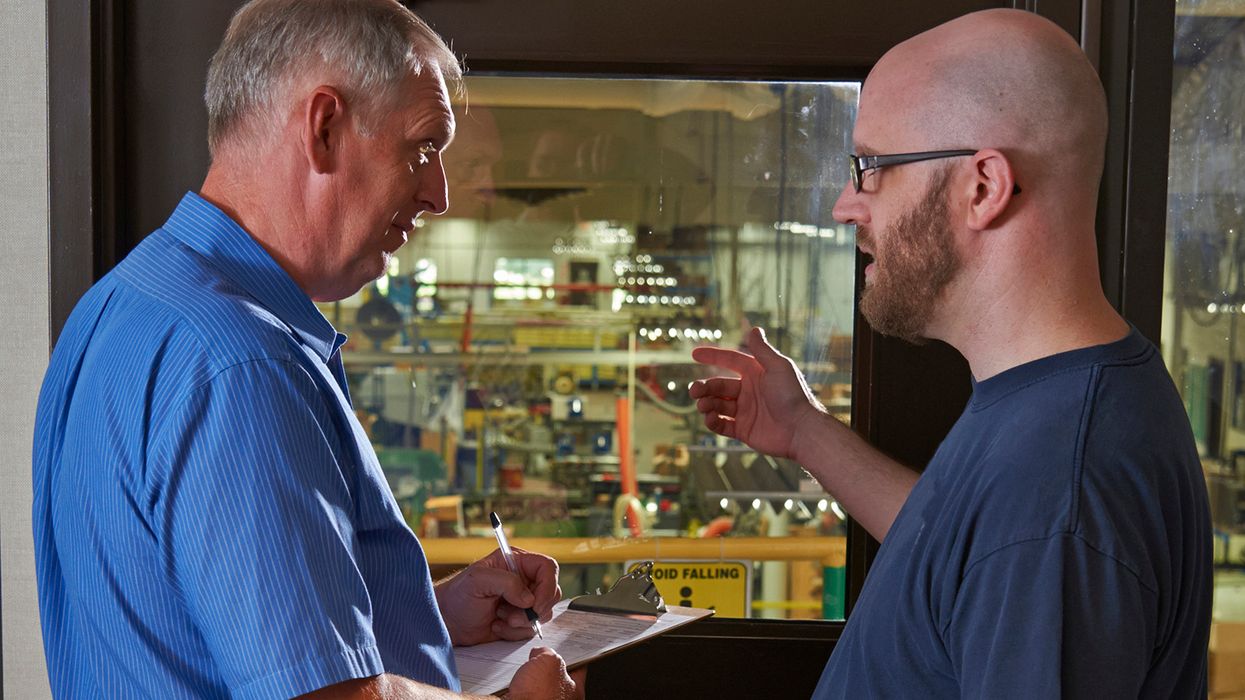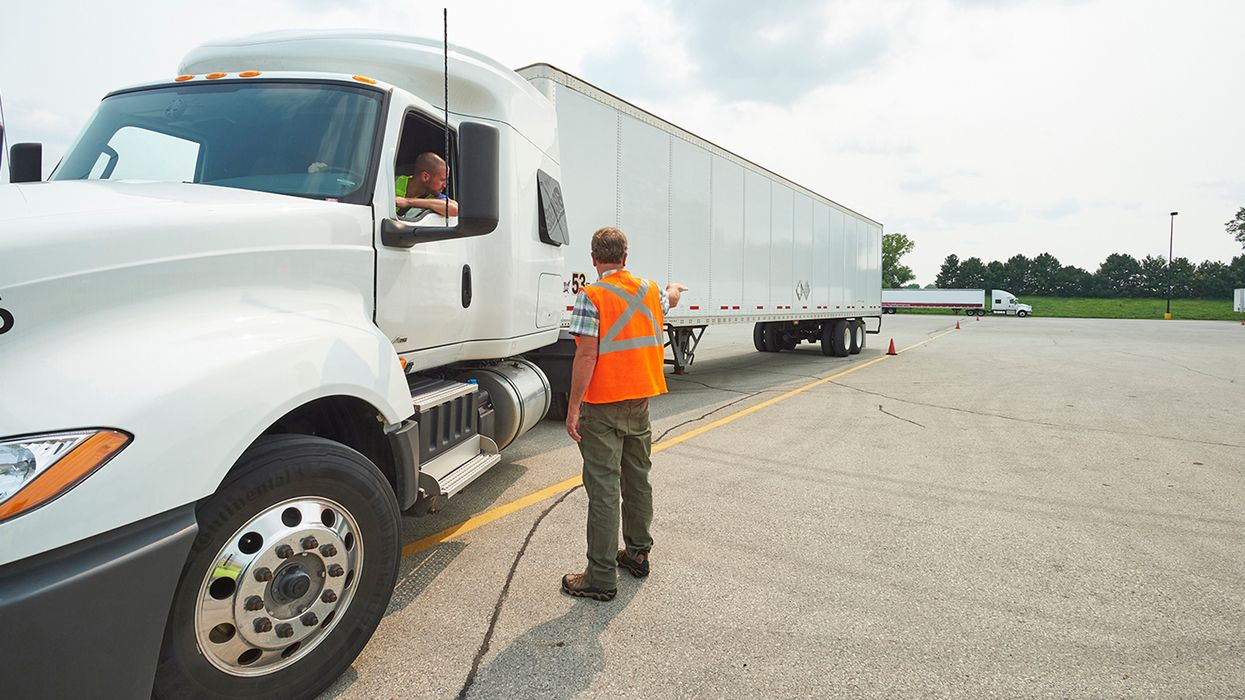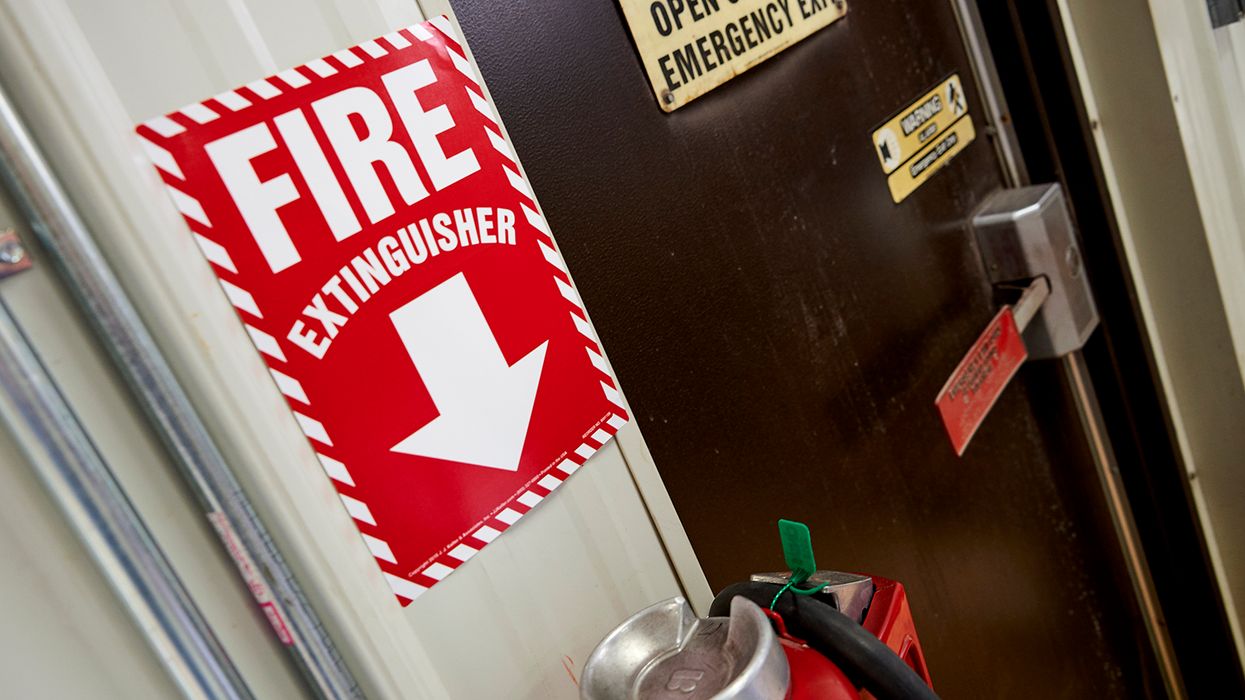Ergonomics and the older worker
Ergonomics — the science of fitting the job to the person — is an important component of safety in just about any workplace. Any work activity that involves lifting, reaching overhead, holding awkward positions, or repetitive motions over time puts workers at risk for musculoskeletal disorders, or MSDs. Typically, each year almost one-third of injuries and illnesses among workers in the manufacturing sector were the result of MSDs.
The risks become even greater when you consider one group of workers in particular — older workers. While it’s true that older workers retired in large numbers in recent years, this age group — workers age 55 and up — still makes up a large portion of the workforce. In fact, the Bureau of Labor Statistics estimates that by 2030, one in four U.S. workers will be 55 or older.
Age-related physical challenges
As an employer considering ergonomic solutions in the workplace, it’s important to recognize some of the age-related physical challenges older workers might face compared to their younger counterparts. These can include:
- Exacerbating existing illness or injury: Older workers may already struggle with previous MSDs, not to mention some age-related conditions like hypertension, diabetes or arthritis. Any of these can make a worker more prone to injury.
- Vision changes: Visual acuity tends to decrease with age. This can pose challenges in almost any type of job setting.
- Problems with balance: Workers who are less steady on their feet are more prone to slip-trip-fall injuries.
Other physical issues associated with aging can include less flexibility, strength, and range of motion, and slower reaction times — all of which can lead to MSDs and other injuries.
Steps to take to get started
Here are some steps you can take to get started with ergonomics in the workplace. In an office setting:
- Ensure desk and chair positions allow the workers’ feet to be flat on the floor, with the head and neck in line with the torso and wrists in line with forearms.
- The lower back should be supported to prevent low back stiffness and injury.
- Workers should take frequent breaks, at least once per hour, especially when doing repetitive keystroking or mouse work. Encourage workers to stand and stretch regularly.
- Computer monitors should be placed at or just below eye level, and be of adequate size that workers don’t have to strain to read what’s on the screen.
In a manufacturing setting:
- Limit the amount of heavy lifting, and require that heavy loads be lifted by more than one person.
- Establish job rotation to allow employees to do different types of work, to minimize repetitive motions and unusual or awkward postures for lengths of time.
- Allow periodic breaks. For jobs that require a lot of standing in one place, consider anti-fatigue mats.
- For any worker whose job requires physical activity, consider implementing a stretch-and-flex program.
- Older workers in particular are prone to back issues. Minimize the risk through the use of mechanical lifting devices or adjustable-height fabrication tables.
For all work areas, ensure that there is good lighting, and that walkways are clear of hazards that might cause trips or slips.
Get employee buy-in
Once you’ve taken steps to provide ergonomic tools, make sure your employees are on board with the changes. This may involve:
- Providing education/training: As important as your role is in providing an ergonomically sound workplace, it’s of little use if your workers don’t know how to use ergonomic tools and work practices. Training ensures that workers know the benefits and understand how to implement ergonomic tools and processes into their jobs.
- Seeking input: Workers, especially those with many years of experience, often know the job better than anyone. They may have insight into where the risks are, and be able to offer suggestions for how to mitigate them. It’s an opportunity to receive valuable feedback from those who know the job best, and it helps your employees become more engaged in the process.
- Being proactive: All workers should be encouraged to watch for and report injuries early, before they become serious. Early intervention helps reduce the costs of lost productivity, health care, insurance and disability claims, workers’ compensation, and more. Plus, focusing on employees’ needs and well-being should lead to improved worker morale and employee retention — two good things to have in a tight labor market.
Key to remember
Improving the ergonomics in your workplace will be of particular benefit to older workers. And when you design your work spaces to meet the physical needs of older workers, you end up making work safer for employees of all ages.

